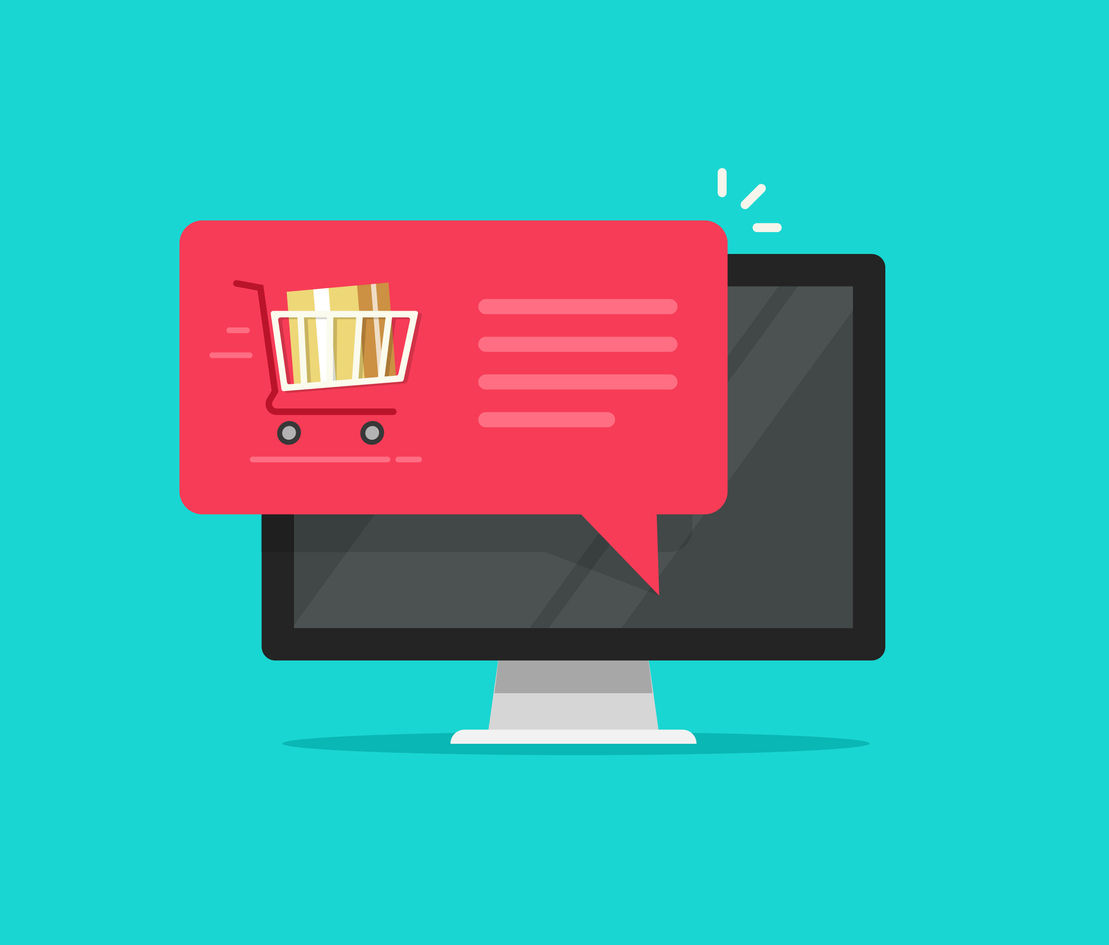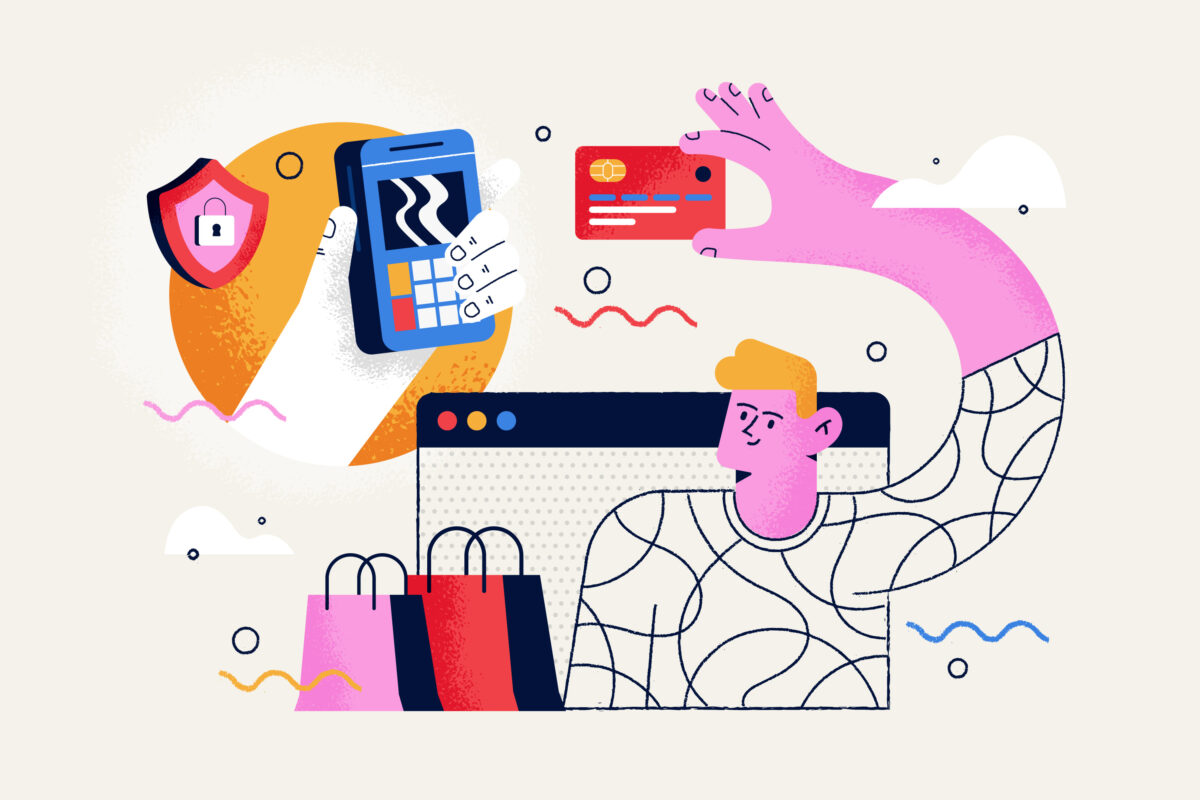How Abandoned Cart and Browse Abandonment Flows Can Optimize Your Digital Strategy

Not nearly every potential online customer actually completes their journey and buys your products. In fact, most don’t. But their initial reluctance is far from enough reason to give up. In fact, savvy eCommerce marketers are just getting started.
Your marketing strategy to gain new online customers likely already includes most of the traditional elements. Digital campaigns to generate attention and email campaigns to both prompt them to buy for the first time and then buy again after their initial purchase are standard practice. But do you have a contingency in place if they stop after visiting your product pages, or add a product to their shopping cart but never actually complete the purchase?
Dropouts at each of these stages may be disappointing, but their opportunity to add to your revenue is not yet over. In fact, you can target each of them through email campaigns specifically related to browse abandonment and abandoned carts. In this guide, we’ll tell you how.
Just the Basics: What Is Browse Abandonment?
Browse abandonment happens when someone in your database visits one of your product pages, but never actually adds that product to their shopping cart. They’ve shown enough interest to learn about the product on your website, but not enough to actually start the purchasing process.
As you might expect, this happens quite a lot. A study by Google found that 53% of online shoppers always do research before they buy a product. Meanwhile, one benchmark estimates that only approximately 10% of visitors to ecommerce websites actually add a product to their cart. The rest, 90% of your website visitors, can rightly be considered browse abandoners.
The Positive Impact of Focusing on Browse Abandonment
It might not be the most common metric in eCommerce, but with the right action behind it, browse abandonment can be immensely powerful in raising your revenue. That’s because they offer both valuable insights into your user behavior, and the opportunity to follow up:
- If you know the browse abandonment rate on a given product page, you can dig into just what makes that page less successful than others, and take steps to improve it in order to increase your sales.
- If you can track and mark individual users in your database who abandon their visit to your site after seeing a product page, you can follow up with them using more targeted, nuanced messaging.
How to Build Email Campaigns Designed to Re-Engage Users Who Stopped at the Product Page
In a system like Klaviyo, setting up a browse abandonment segment among your users is relatively simple. With the system connected to your website, you can create various browse abandonment segments, including anything from first-time shoppers to loyal customers who have viewed a specific product page multiple times before making a purchase.
From there, it’s as simple as creating a browse abandonment flow that gently nudges the user segment to return and complete the purchase. Example messaging includes:
- Simply highlighting the product, not mentioning that the user has looked at it. The mere mention of it might be enough to drive the buy.
- Acknowledging that the visitor might simply need more information, and asking what questions you might be able to answer.
- Providing a specific incentive, such as a small discount coupon, to complete the purchase.
- Highlighting other, related products that match well with your user’s interest based on their browse history.
- Creating a sense of urgency by letting browsers know that the product they were looking at is going fast.
Finally, as with any email flow, it’s important to space out these emails correctly and make sure that they match your overall strategy and messaging.

Just the Basics: What Are Abandoned Carts?
Of course, browse abandonment is only one step in the funnel where users might jump off. Perhaps the more popular one to focus on is cart abandonment, which happens when online shoppers go far enough to add one or more products to their shopping cart on your online store but never get around to completing the purchase.
Cart abandonment averages approximately 70% across eCommerce industries. Imagine the revenue you could make if you’re able to focus on this metric to improve your communication and promotional strategy.
The Potential Power of Focusing on Abandoned Carts
As with browse abandonment, focusing at least part of your ROI and email marketing strategy on abandoned carts comes with two core advantages:
- A clear understanding and frequent tracking of the metric helps you spot potential issues and continue improving your purchasing flow. For example, you might notice that a simplified checkout process significantly improves your abandoned cart rate.
- Understanding which users in your database leave their carts helps you build an audience segment of visitors who are at least interested enough in your products to have gotten this far. As a result, you can build more relevant email flows that drive the purchase completion.
How to Build Email Campaigns Designed to Encourage Cart Abandoners to Complete Their Purchase
Here, again, the benefit of an email marketing system like Klaviyo comes in handy. You’re easily able to build an audience segment of cart abandoners, which you can then target with flows specifically designed to help them in that final step. In its guide on building email strategies for abandoned carts, Klaviyo suggests a few messaging strategies:
- Present a simple reminder that the shopper has something left in their cart – after all, they might have intended to come back later all along.
- Offer a discount in exchange for completing the purchase, which might be the final hurdle for someone hesitant to pay for taxes or shipping.
- Offer free shipping, especially for shoppers who have multiple items left in their shopping cart.
- Include social proof, such as ratings and customer reviews, that help to convince the shopper they are making the right choice.
When building a cart abandonment flow, it helps to build on these messages proactively. For example, the first outreach might be a simple reminder and/or include social proof, followed by a discount coupon only for those who don’t respond to the first email. Free shipping might be the final push to see if persistent cart abandoners still have a chance to convert.
Taking the Next Steps in Optimizing Your eCommerce Strategy
Both individually and taken together, browse and shopping cart abandonment strategies can go a long way towards optimizing your digital and email marketing strategy towards revenue. When implemented and automated, they’re a great opportunity to offer your shoppers a second, third, and fourth opportunity to convert, instead of giving up on them immediately.
Building them, of course, takes time. Fortunately, you’re not on your own. As you build your email strategy in Klaviyo, consider working with Future Holidays to create a more comprehensive, successful, revenue-optimized strategy. Contact us to start the conversation.


